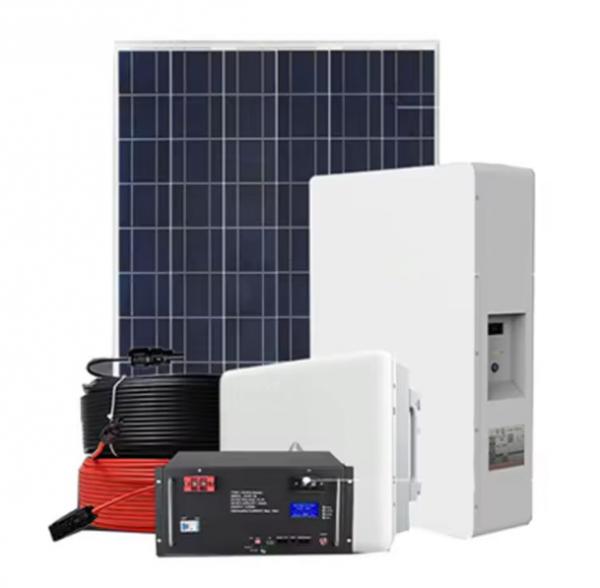
Communication energy storage batteries have emerged as a transformative technology in the realm of energy management and distribution. These batteries, essential for various applications, ensure a reliable power supply for communication infrastructures. Their role has become increasingly significant as we pivot towards more sustainable and efficient energy sources. However, like any technology, they come with their own sets of advantages and disadvantages that warrant discussion.
One of the primary advantages of communication energy storage batteries is their ability to provide reliable backup power. In critical moments such as power outages, these batteries can swiftly supply energy to communication equipment, thus maintaining connectivity. This is particularly vital for emergency services and telecommunications, where uninterrupted communication is a necessity. Additionally, these batteries can help balance the energy demand and supply, making them invaluable in integrating renewable energy sources like solar and wind into the grid.
Another significant benefit is the enhancement in overall energy efficiency. Communication energy storage batteries can be charged during off-peak hours when electricity is cheaper and then discharged during peak times. This not only reduces energy costs but also lessens the environmental impact by optimizing energy usage. Moreover, with advancements in technology, many modern batteries are designed to have a lower carbon footprint, making them a more eco-friendly option compared to traditional energy sources.
Despite their advantages, communication energy storage batteries also face several challenges. One major issue is the initial capital cost. Setting up battery storage systems can require substantial investment, which may deter smaller companies or municipalities from adopting this technology. Additionally, the lifespan of these batteries can vary, and while newer models offer improved longevity, older technologies can lead to increased maintenance costs and wastes.
Performance limitations also pose a challenge. While energy storage batteries can discharge quickly, their capacity to hold energy can be limited compared to other large-scale storage methods, such as pumped hydroelectric storage. This can create a bottleneck in scenarios that demand high energy output for extended periods, which may undermine their effectiveness in certain applications. Thus, it remains crucial for industries to assess their specific needs before fully committing to battery solutions.
In conclusion, communication energy storage batteries offer a combination of reliability, efficiency, and eco-friendliness, making them an attractive option for modern energy management. However, the challenges they pose, from high initial costs to performance limitations, cannot be overlooked. As technology continues to evolve, it is likely that future advancements will mitigate these drawbacks, leading to more widespread adoption and improved performance in the sector. For now, weighing the advantages against the disadvantages is essential for making informed decisions in energy storage solutions.
Next:Exploring Various Types of Communication Energy Storage Systems
Previous:Application of Battery Energy Storage Technology in Power Systems